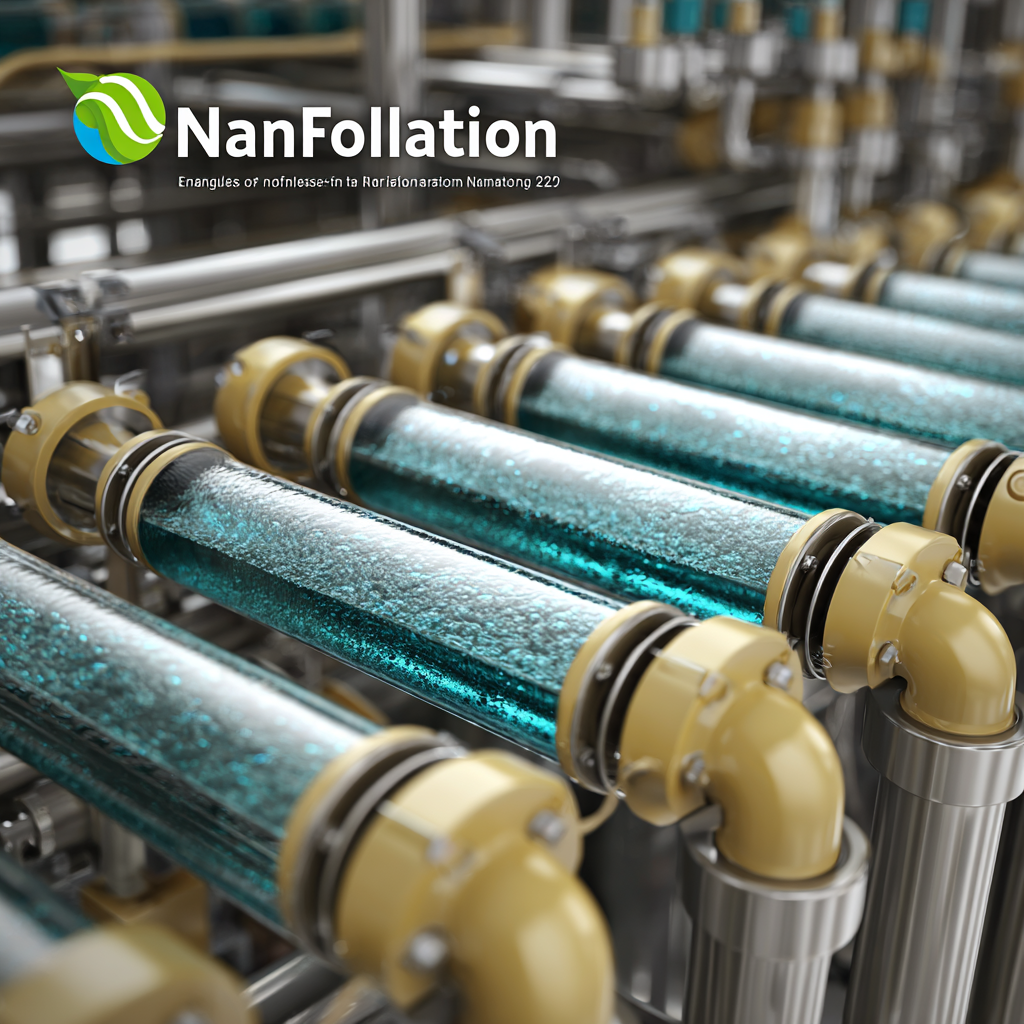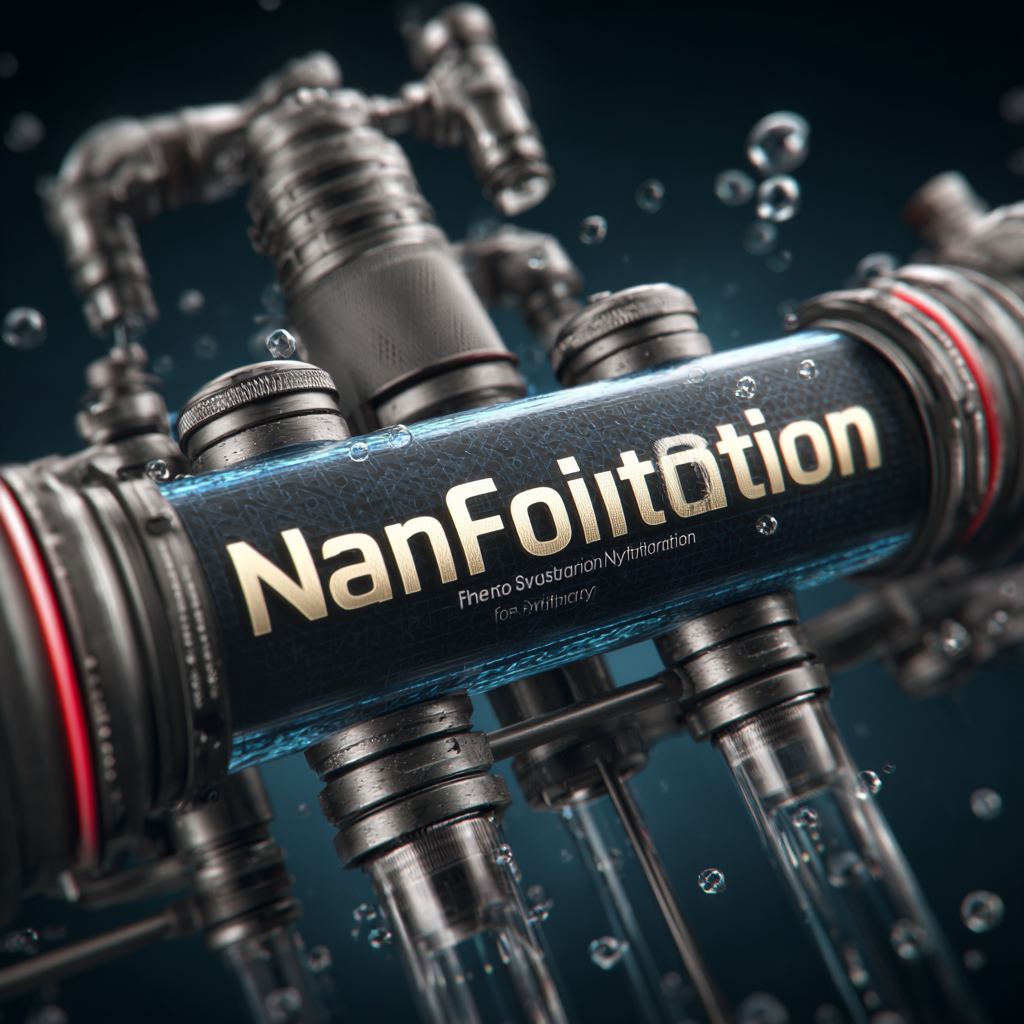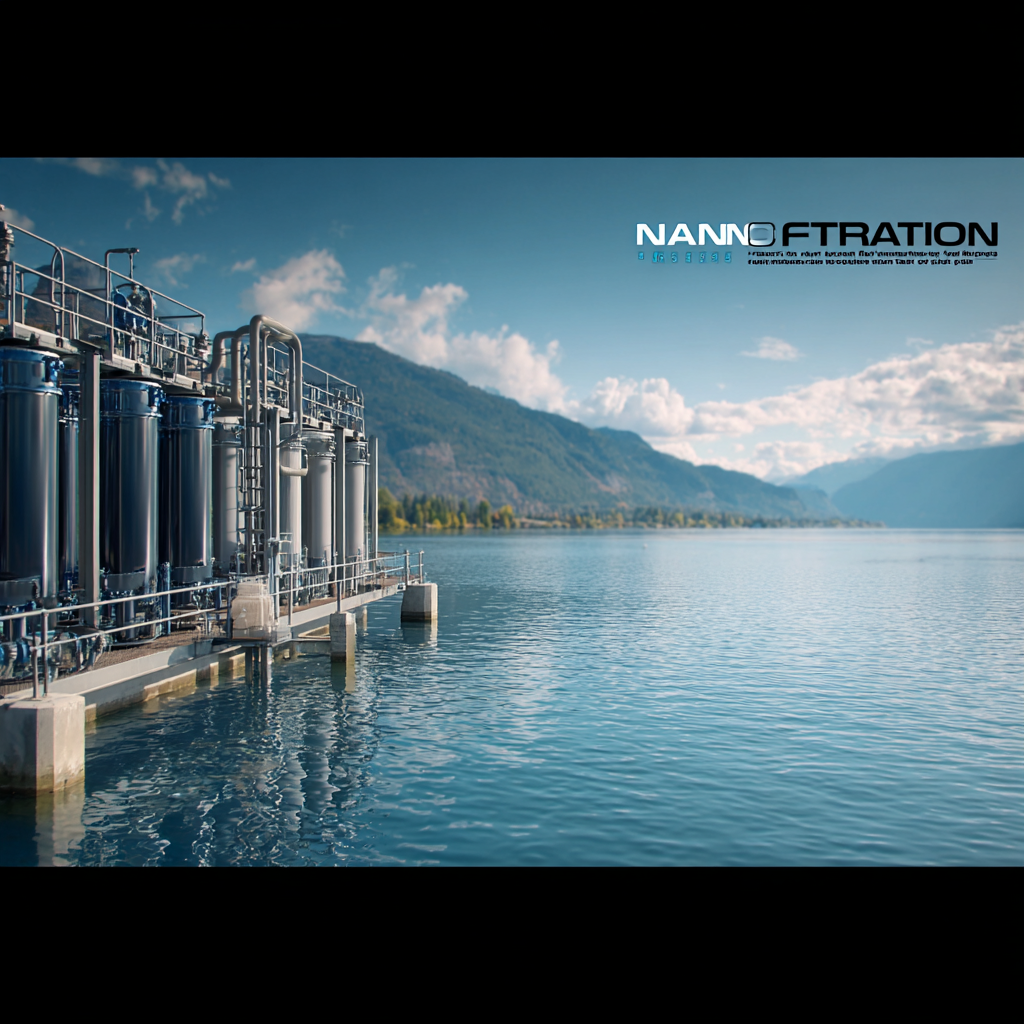Leave Your Message
Request a Quote
As we look towards 2025, the water treatment industry is on the brink of a transformative revolution, particularly through the adoption of innovative Nanofiltration Systems. These advanced technologies are not only reshaping how we treat and purify water but are also paving the way for countries like China to make significant strides on the global stage. The enhanced efficiency and effectiveness of Nanofiltration Systems enable improved removal of contaminants while preserving essential minerals, offering a sustainable solution to the increasing demands for clean water worldwide. This blog will explore how embracing such cutting-edge systems can ensure superior water quality, drive international competitiveness, and ultimately lead to a higher quality of life, as we transition from a regional focus to a holistic global market strategy. Hence, the phrase "从中国走向世界,品质赢得全球市场" resonates deeply as we witness these advancements in water treatment technology gaining momentum and recognition around the globe.

As we approach 2025, the role of innovative nanofiltration systems in water treatment becomes increasingly crucial. Recent advancements highlight the ability of layer-by-layer self-assembled hollow fiber nanofiltration membranes to effectively remove micropollutants from aquaculture water. This leap in technology not only enhances purification efficiency but also promotes sustainable aquaculture practices, addressing a growing environmental concern.
Further innovation is evident in the development of networked cellulose-integrated thin film composite polyamide membranes, which have shown significant improvements in permeability and tailored nanofiltration performance. Additionally, silk-based nanofiltration membranes promise a remarkable filtration rate—up to ten times faster than traditional methods—while maintaining robust contaminant removal efficiency.
According to recent industry reports, the global market for nanofiltration technology is anticipated to expand, driven by the increasing demand for advanced water treatment solutions capable of addressing both contemporary and emerging contaminants effectively. By leveraging these groundbreaking technologies, we can enhance water purification processes, ultimately leading towards a healthier and more sustainable future.

As we approach 2025, the landscape of water treatment is evolving with the introduction of
innovative nanofiltration systems. These advanced technologies provide a compelling solution for municipalities and industries seeking to enhance their water quality
and comply with stringent regulatory standards. According to a recent report by MarketsandMarkets, the global
nanofiltration market is expected to reach $4.5 billion by 2025, driven by the increasing demand for efficient and sustainable water treatment solutions.
When evaluating nanofiltration technologies, several essential features stand out. First and foremost,
membrane selectivity is crucial, as it determines the system’s ability to separate contaminants effectively while minimizing water loss.
Additionally, the durability and fouling resistance of the membranes significantly influence operational efficiency and maintenance costs.
A study published in the Journal of Membrane Science highlights that membranes with enhanced chemical resistance and
anti-fouling properties can reduce cleaning frequency by up to 30%, offering considerable cost savings in the long run.
Furthermore, integrating smart monitoring systems is becoming increasingly important, as they allow for real-time performance tracking and predictive maintenance,
ensuring optimal operation and longevity of these advanced filtration systems.

As water treatment facilities look towards the future, implementing innovative nanofiltration systems is essential for enhancing water quality and operational efficiency. Nanofiltration, a membrane filtration process that operates between reverse osmosis and ultrafiltration, is particularly effective in removing divalent and larger monovalent ions, providing a viable solution for industries facing stringent regulations. According to a recent report by Grand View Research, the global nanofiltration market is projected to reach $4.3 billion by 2025, highlighting the growing recognition of this advanced technology in water treatment applications.
To successfully implement nanofiltration systems, several key steps must be taken. First, water treatment facilities should conduct a thorough assessment of their existing processes to identify specific challenges that nanofiltration can address. This may include analyzing feed water quality and determining the desired permeate quality. Next, facilities need to invest in the necessary infrastructure, ensuring compatibility with existing systems and proper installation of nanofiltration membranes. A study by the American Water Works Association emphasizes the importance of training personnel in the operation and maintenance of these systems to maximize their efficiency. By following these steps, water treatment facilities can embrace the future of water purification and contribute to sustainable water management practices.
The comparative analysis of nanofiltration (NF) and traditional water treatment methods reveals promising advancements in wastewater treatment technologies. Conventional techniques, such as activated sludge processing, often fall short in efficiently addressing emerging contaminants. Recent studies highlight that NF membranes, particularly those designed with enhanced properties, offer significant advantages in removing per- and polyfluoroalkyl substances (PFAS) from water, outperforming traditional methods like reverse osmosis (RO) in efficiency and fouling mitigation. For instance, a critical review indicates that while both NF and RO can effectively eliminate long-chain PFAS, NF membranes demonstrate better performance concerning smaller compounds, often overlooked in earlier water treatment strategies.
Moreover, innovative approaches highlight the adaptability of NF systems in treating complex wastewater streams. Research into hollow fiber nanofiltration for river water treatment has demonstrated its ability to handle challenging ionic compositions while minimizing fouling through novel cleaning strategies. The findings from comparative studies suggest that NF technology not only enhances permeate quality but also provides a more sustainable solution by reducing chemical and energy requirements typically associated with conventional processes. As we move toward 2025, the integration of such innovative nanofiltration systems will likely shape the future landscape of water treatment, making it both efficient and environmentally friendly.
The future of water treatment is poised to be transformed by innovative nanofiltration systems, playing a crucial role in enhancing water sustainability. As urban populations grow and water resources become scarcer, the demand for efficient and cost-effective filtration technologies is more pressing than ever. Nanofiltration offers unique advantages, particularly in removing emerging contaminants and disinfection by-products (DBPs) that pose significant threats to human health and the environment. This technology not only ensures the provision of safer drinking water but also aligns with global efforts to reduce carbon footprints and embrace renewable energy sources.
Emerging trends indicate that the advancements in nanofiltration membranes will significantly enhance their performance and lower operational costs. Innovations such as improved anti-fouling properties and energy-efficient designs are expected to revolutionize their application in water treatment processes. Moreover, as governments worldwide push for green energy transitions and prioritize water sustainability, integrating nanofiltration systems into municipal water treatment infrastructures will not only address current challenges but also contribute positively to long-term environmental goals. The integration of these technologies marks a pivotal step towards fostering a more sustainable future for water resources globally.

